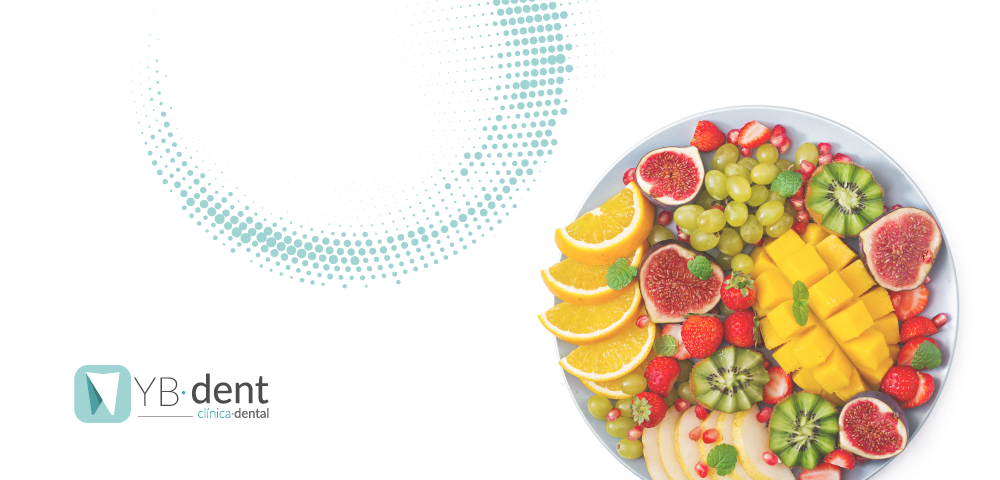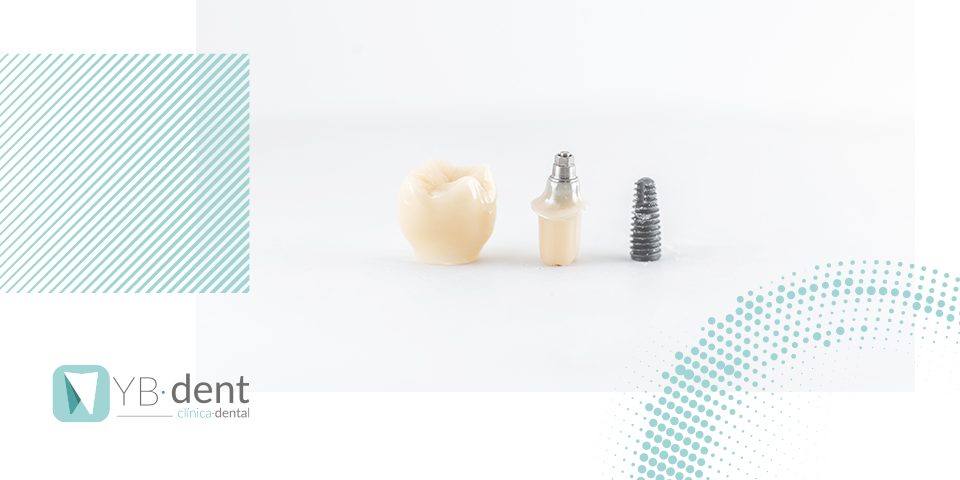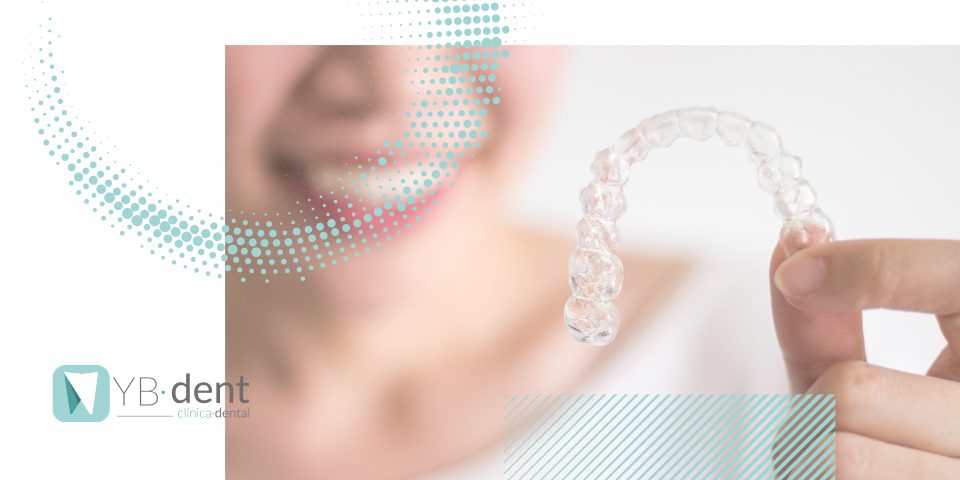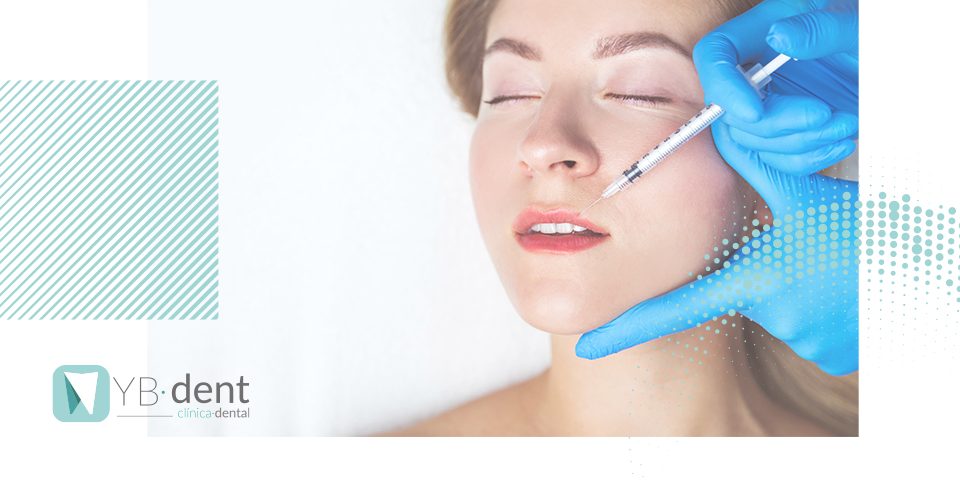Alimentos beneficiosos y perjudiciales para los dientes

Todos sabemos que lo que comemos importa, y mucho, para cuidar nuestra salud, de ahí que siempre se recomiende seguir una dieta saludable y equilibrada. Existen algunos alimentos beneficiosos para nuestra salud dental. Es por eso que además de la salud general en la que todos pensamos, cuidar nuestros dientes es esencial. Es el lugar por donde entran todos los alimentos, por lo que podríamos decir que la boca es el “escaparate” de nuestra salud dental.
Por ello, desde Clínica Dental YB·dent vamos a realizar una selección de alimentos que se pueden considerar perjudiciales para la salud de los dientes y otros tantos que son muy beneficiosos para cuidarlos.
¿Qué alimentos debemos evitar consumir con frecuencia?
- Cítricos
Aunque es muy frecuente añadir a ciertos platos algo de limón, conviene saber que no es una buena idea para cuidar la salud bucodental. Estos alimentos ácidos deterioran el esmalte facilitando, en consecuencia, la aparición de caries. Algunos otros alimentos también ácidos como el vinagre o la cebolleta pueden dañar el esmalte permanentemente si se consumen en exceso.
- Caramelos duros y alimentos pegajosos
Si nos exponemos continuamente a productos con azúcar estamos favoreciendo la aparición de caries. Asimismo, los caramelos y golosinas similares pueden dañar los dientes. Si poseen una textura muy dura y, en el caso de ser pegajosos, pueden dejar restos en azúcar en los dientes. Para prevenir estos efectos, en el caso de los alimentos pegajosos es importante lavarse los dientes después de consumirlos usando hilo dental si es necesario para eliminar posibles restos y, si se es muy goloso, siempre se puede optar por los chicles sin azúcar.
- Café y té
A pesar de tener varios beneficios, estas dos bebidas pueden manchar nuestros dientes, debido a los taninos que contienen. Lo recomendable es limitar el consumo diario lo máximo posible y siempre cepillarse los dientes después de haberlos consumido.
- Refrescos
Independientemente de que sean light o no, además de ser una fuente de azúcar, estas bebidas carbonatadas poseen ácidos que dañan el esmalte y producen caries.
- Alimentos crujientes
Los aperitivos como las patatas fritas, gusanitos o frutos secos son ricos en almidón, el cual se queda atrapado entre los dientes, favoreciendo la aparición de placa. Para evitar agravar este problema, un cepillado adecuado y el uso del hilo dental serán clave.
- Alcohol
Consumir alcohol daña nuestra salud bucal desde múltiples lugares: si se consume en exceso, seca y deshidrata nuestra boca. Esto podría provocar que la producción de saliva se vea mermada y pueda provocar la aparición de caries. Otras bebidas alcohólicas como el vino poseen taninos que provocan la aparición de manchas grisáceas, las cuales son más difíciles de eliminar que las amarillas producidas por el tabaco.
¿Cuáles son los alimentos beneficiosos para la salud bucodental?
- Leche y derivados
Al ser ricos en calcio, fortalecen el esmalte dental y lo protegen del desgaste. Si analizamos los lácteos, conviene destacar al queso que refuerza la superficie de los dientes y el yogur natural que gracias a los fosfatos y caseína que contienen, son muy útiles para remineralizar el diente.
- Frutas y verduras
Sobre todo la manzana, zanahoria y apio favorecen la eliminación de la placa bacteriana de los dientes y de los restos que hayan dejado otros alimentos gracias a que potencia la producción de saliva.
- Alimentos ricos en fibra
Como son alimentos que se tienen que masticar más, se potencia la producción de saliva. Los cereales integrales y las legumbres son los más recomendables.
- Alimento sin color
Al carecer de pigmentos, alimentos como el arroz, carne o pescado blanco no tiñen los dientes.
- Chicles sin azúcar
A diferencia, de los que sí poseen azúcar como hemos visto anteriormente, consumir variantes que no lo poseen favorece la limpieza de los dientes. Al incrementar la producción de saliva, son un buen agente contra la placa bacteriana.
Como podemos ver, existen una amplia gama de alimentos que podemos tener en cuenta para contrarrestar los efectos nocivos de muchos otros que pueden dañar nuestra salud dental. Desde Clínica Dental YB·dent promovemos seguir una dieta saludable y equilibrada, potenciando aquellos alimentos que fortalecen nuestros dientes y limitando aquellos que provocan el efecto contrario. Ofrecemos una amplia gama de tratamientos para combatir las afecciones que pueden producirse en la boca, por lo que estaremos encantados de ayudarte si tienen algún problema, además de aconsejarte para prevenir que vuelva a pasar.



